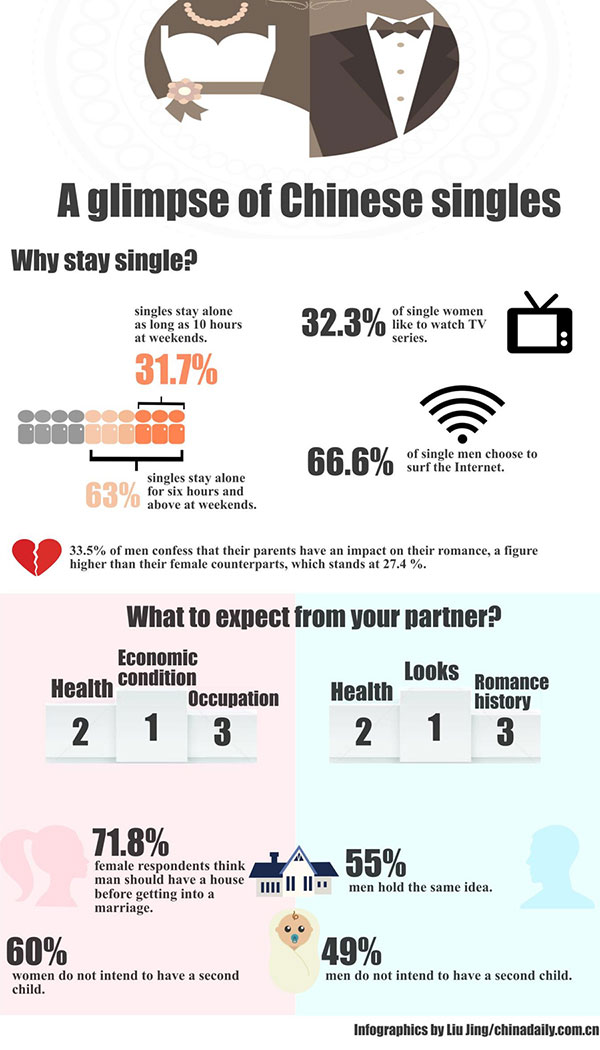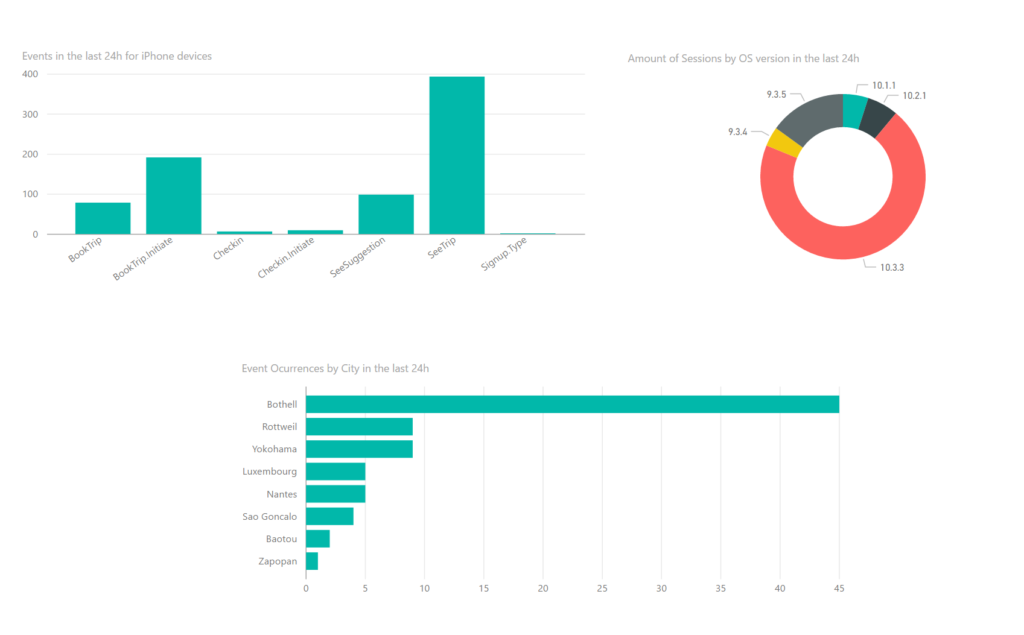"Creating an Attractive Chart: Tips and Tools for Stunning Visual Data Representation"
#### IntroductionIn today's data-driven world, presenting information effectively is crucial for communication. An **attractive chart** can make complex dat……
#### Introduction
In today's data-driven world, presenting information effectively is crucial for communication. An **attractive chart** can make complex data easily digestible and engaging for your audience. This article will explore the importance of creating visually appealing charts and provide you with tips and tools to achieve stunning visual data representation.
#### Why Use Attractive Charts?
Charts are powerful tools for visualizing data. An **attractive chart** not only captures attention but also aids in understanding intricate information. When data is presented in a visually appealing way, it can lead to better retention and comprehension. Whether you are presenting to stakeholders, colleagues, or students, an engaging chart can enhance your message significantly.
#### Types of Attractive Charts
There are various types of charts you can create, each serving different purposes. Here are a few popular ones:
1. **Bar Charts**: Ideal for comparing quantities across different categories. An **attractive bar chart** can highlight differences effectively.
2. **Pie Charts**: Great for showing proportions. A well-designed **attractive pie chart** can visually depict how parts make up a whole.

3. **Line Graphs**: Perfect for displaying trends over time. An **attractive line graph** can illustrate changes and patterns clearly.
4. **Scatter Plots**: Useful for showing relationships between two variables. An **attractive scatter plot** can reveal correlations that might not be evident in raw data.
#### Design Principles for Attractive Charts
To create an **attractive chart**, you should adhere to several design principles:
- **Simplicity**: Avoid clutter. A clean design helps the audience focus on the data.
- **Color Scheme**: Choose a color palette that is visually appealing and enhances readability. Use contrasting colors to highlight key data points.

- **Labels and Legends**: Ensure that all axes, labels, and legends are clear and concise. This helps in understanding the chart without confusion.
- **Consistency**: Maintain a consistent style throughout your charts to create a cohesive look in your presentation or report.
#### Tools for Creating Attractive Charts
Several tools can assist you in designing stunning charts:
- **Microsoft Excel**: A widely used tool that offers various chart types and customization options.
- **Tableau**: A powerful data visualization tool that allows for more advanced and interactive charts.

- **Canva**: Known for its user-friendly interface, Canva provides templates and design elements to create attractive charts easily.
- **Google Charts**: A free tool that allows you to create interactive charts for web applications.
#### Conclusion
Creating an **attractive chart** is an essential skill in today’s information-centric environment. By understanding the types of charts, adhering to design principles, and utilizing the right tools, you can enhance your data presentation significantly. Remember, the goal is not just to display data but to tell a story that resonates with your audience. So, whether you are preparing for a business meeting, an academic presentation, or simply sharing insights, invest time in crafting appealing charts that will captivate and inform your viewers.